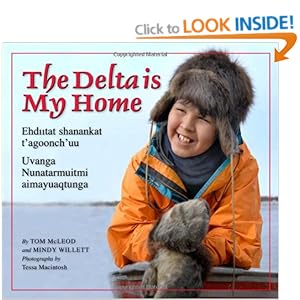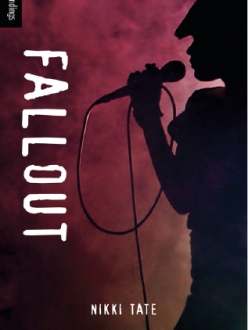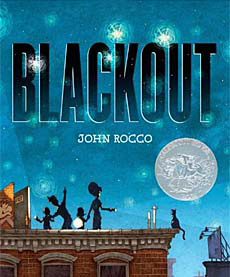McLeod, T. & Willett, M. (2008). The Delta is My Home. Calgary, Alberta: Fitzhenry and Whiteside Co.
(Photographed by Tessa Macintosh)
(Photographed by Tessa Macintosh)
This book is a collaborative effort by a grade 6 student (Tom Mcleod) and his teacher. Tom lives in Aklavik, Northwest Territories where he spends a lot of time on the land hunting and fishing with his family. The Delta is My Home tells about Tom's family and their life in Aklavik - his school, hunting trips, interviews with CBC radio, his Mom's wonderful bannock, and a big flood. Tom's father is a Renewable Resource Officer and Tom adds facts about wildlife behaviour and preservation to his stories. Tom's stories are in one font while his teacher's comments are in another font. Through beautiful colour photographs of the landscape, wildlife and everyday life on each page and Tom's personal stories enhanced with added information from his teacher, this book really gives a sense of Tom's life in the north.
Intermediate, Teacher resource
Intermediate, Teacher resource




































